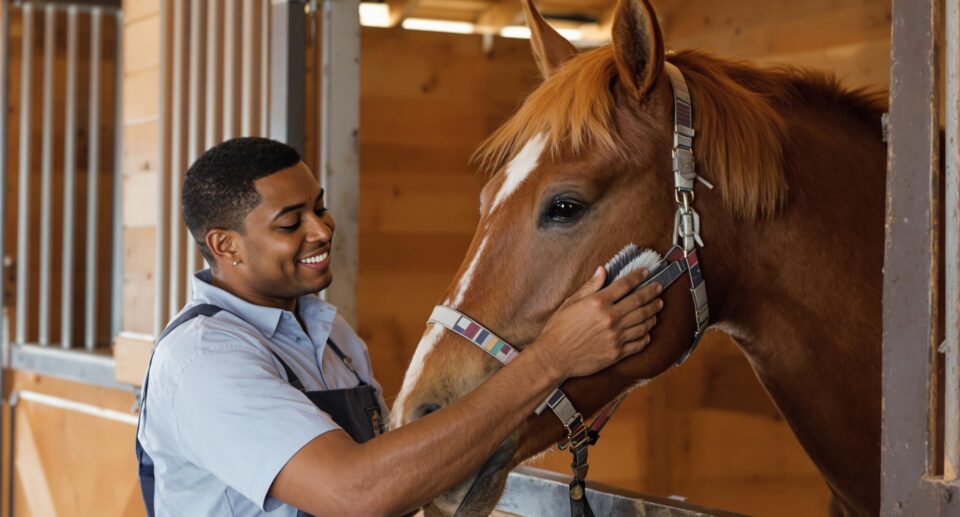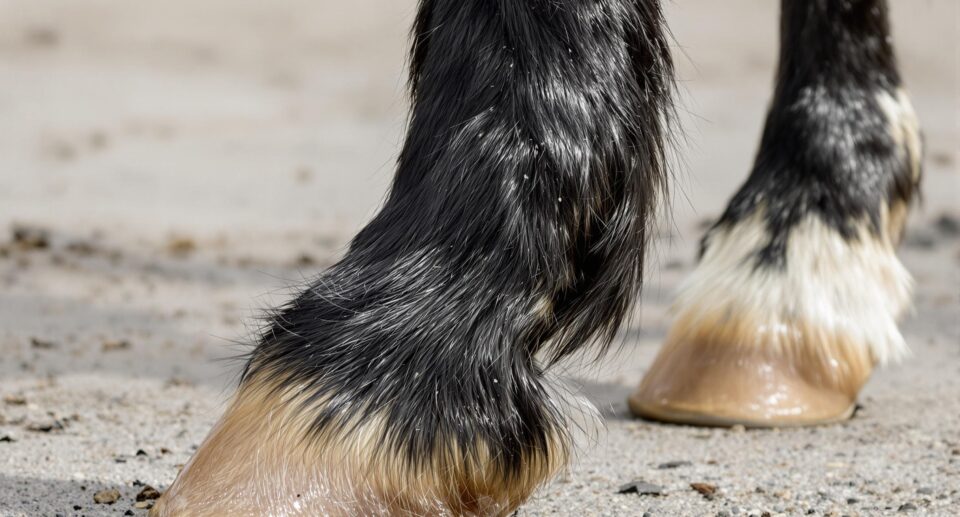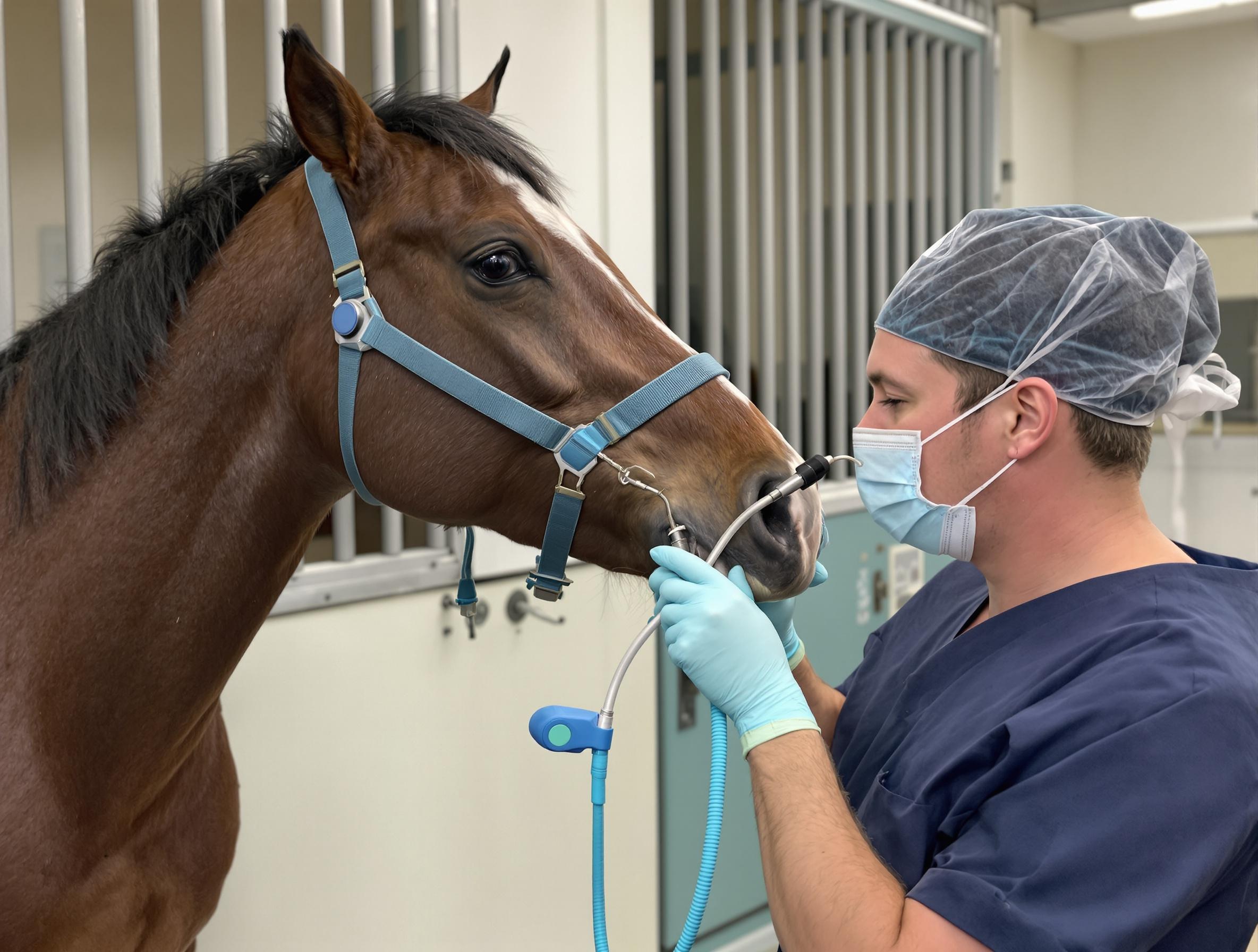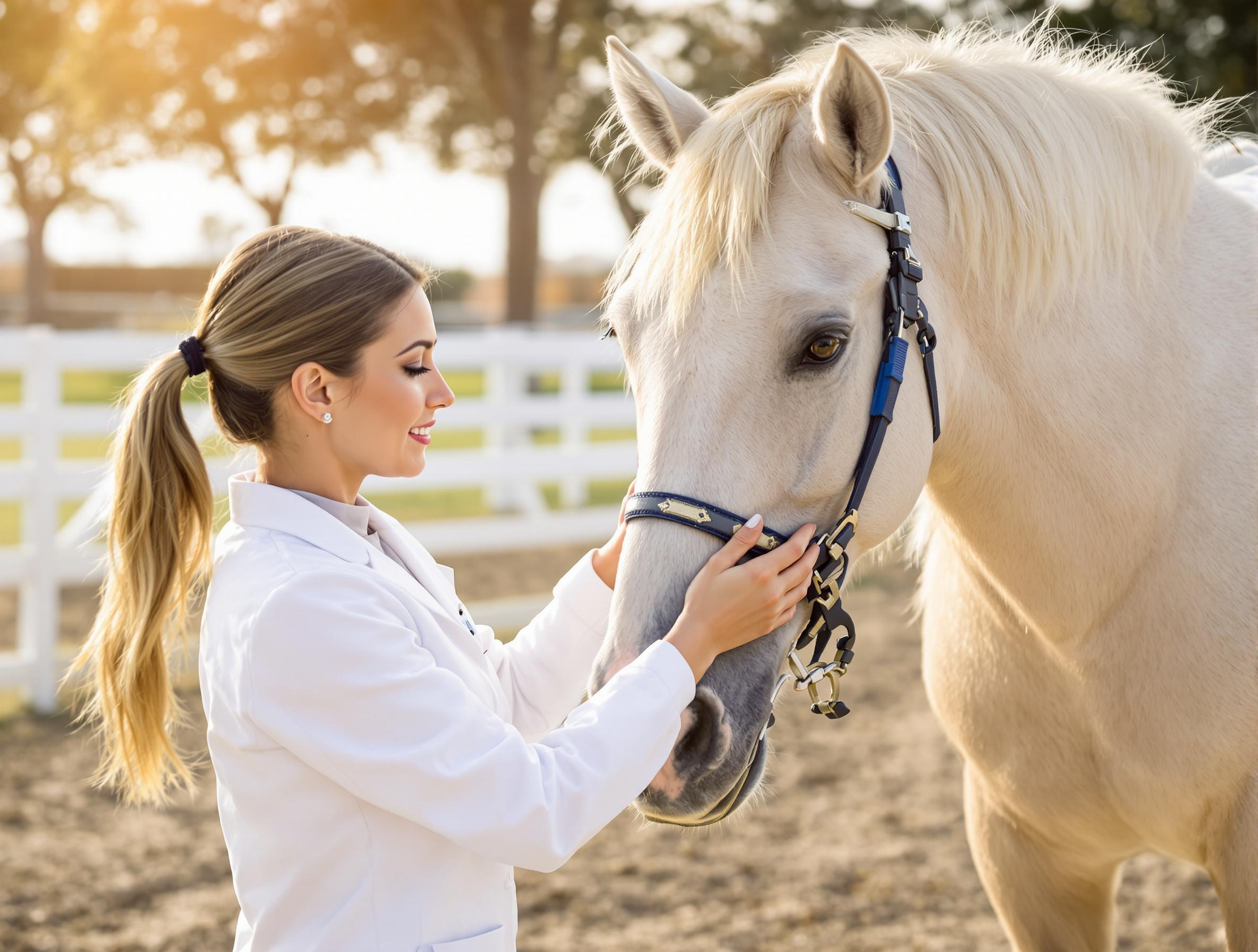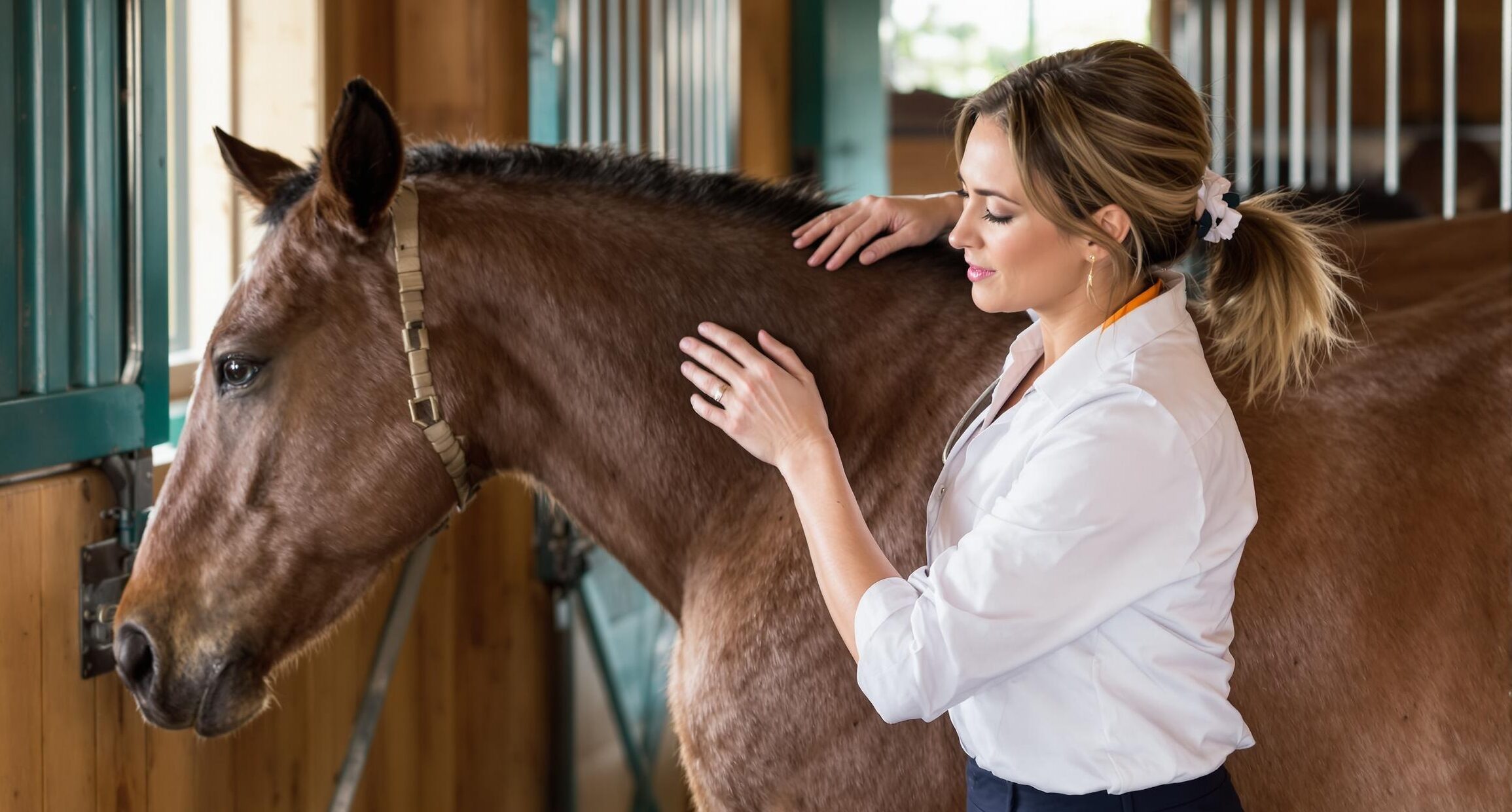5 Common Hoof Problems In Horses
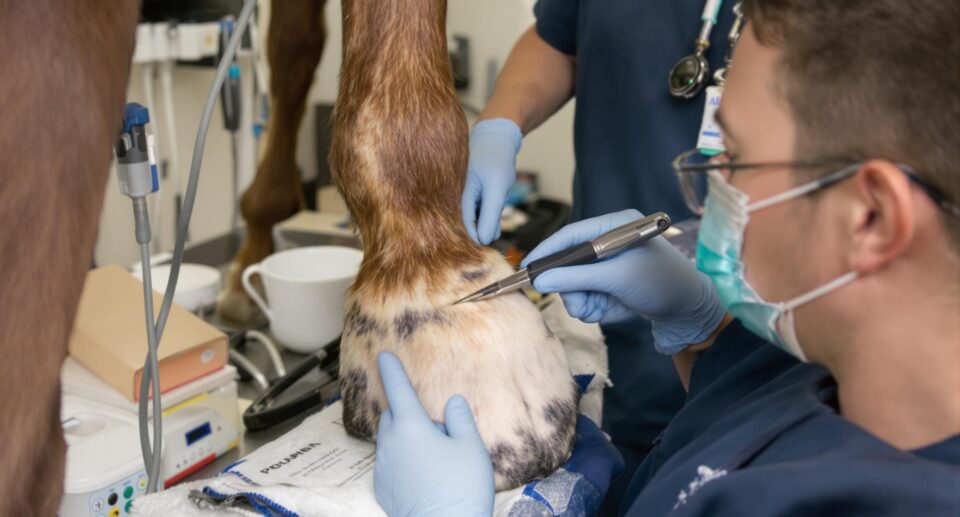
Every horse owner will, at some point, experience hoof problems. When you notice an abnormality in the appearance of one of your horse’s hooves, or signs of pain or lameness, keep in mind that it’s likely caused by one of these common, treatable issues.
Always contact your veterinarian or farrier as soon as you notice a hoof problem. You’ll need an accurate, expert diagnosis to make sure you’re treating the correct issue.
1. Cracks in the hoof are common, but left untreated, they can lead to an abscess. Hooves can be caused by dietary issues or environmental conditions, or a combination of both. If your horse is prone to dry, brittle, cracked hooves, Absorbine Hooflex Concentrated Hoof Builder can help. You can also use a hoof moisturizer to protect against moisture and prevent infections.
2. Abscess is an accumulation of pus in your horse’s hoof. It happens when bacteria enters the hoof, either by the way of your horse stepping on a sharp object like a nail. It’s also possible that your horse’s hoof became dry and cracked during the dry season, and moisture entered the hoof through a crack. Sometimes an abscess is very obvious. Your horse may show lameness of one hoof, and there may be a visible hole or crack. If the abscess has burst, pus may be present. You may also notice warmth and inflammation, a sure sign of infection. Fortunately, abscesses are common and treatable. A topical treatment like T-HEXX Rhinohyde Equine Hoof Putty works well to protect the hoof and kill the infection.
3. Laminitis is the inflammation of the laminae, or the delicate tissue that secures the coffin bone to the hoof wall. Diet is believed to be a common cause. It’s especially common in obese horses. A diet rich in sugars from fruits, grains, or spring grass may contribute to laminitis. Symptoms of a mild case include lameness, reluctance to turn, warmth in the foot, and a strong pulse on the affected hoof. The condition cannot be cured, but it can be managed to prevent your horse from developing severe symptoms.
4. Thrush is an infection of the frog of the horse’s hoof. You may notice a strong, unpleasant odor and black discharge coming from the frog. Left untreated, it can break down the structure of the hoof. Commonly caused by wet conditions in the springtime, it’s easy to prevent and treat with Thrush Buster.
5. Sole Bruises & Corns are caused by trauma to the foot, for example, from a poorly fitting shoe or from stepping on a stone. The bruise will not appear until weeks after the trauma has occurred. A corn is a bruise at the back of the sole of the foot, often caused by shoe that are too tight or that have been left on too long. To treat a bruise, your farrier will remove the shoe and pare over the bruise. To prevent a bruise, always have a reputable farrier shoe your horse, keep up with regular trimming, and always pick your horse’s hooves before and after rides.

